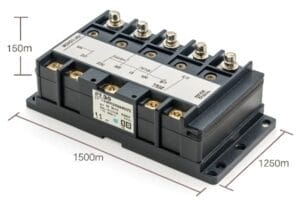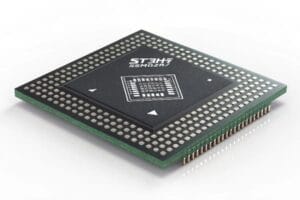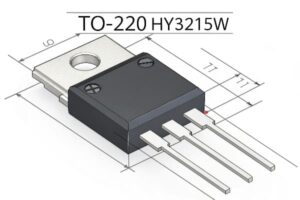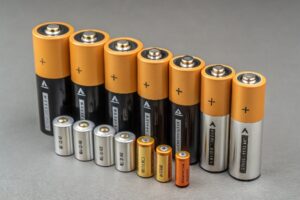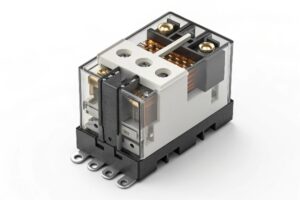A Comprehensive Guide to relay G3VM-601BY
Need a solid-state relay? The G3VM-601BY from Omron might be exactly what you’re searching for!
The G3VM-601BY is a solid-state relay (SSR) from Omron Electronics. It features a 50mA input at 1.3V DC and a 0.1A output at 600V AC/DC. Encased in a 6-Pin PDIP, it’s also RoHS compliant. [^1]
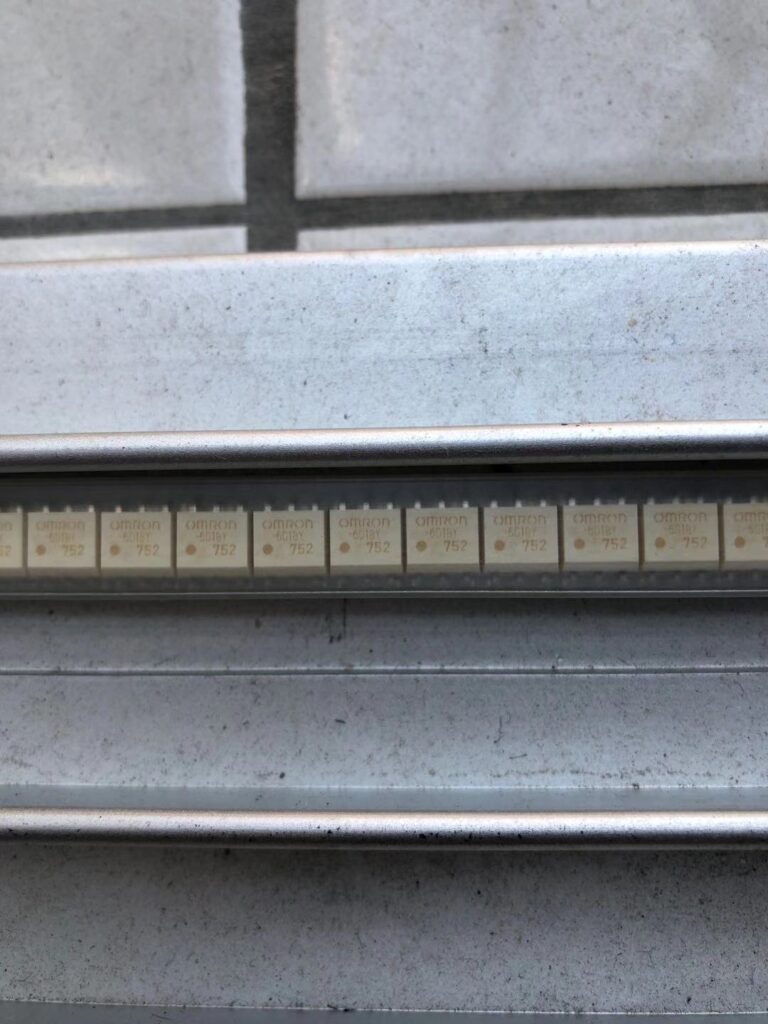
G3VM-601BY Relay
Want to know more about this handy relay? Keep reading!
Or learn more,check G3VM-601BY PDF.
What is the lifespan of an Omron relay?
Relays are crucial, but how long will they last? It’s a key concern for any user.
The lifespan of an Omron relay, like the G3VM-601BY, depends on things like how you use it, the type of load, and how often it switches. While the documents don’t give a specific number, knowing these things helps you get the most out of it. [^2]
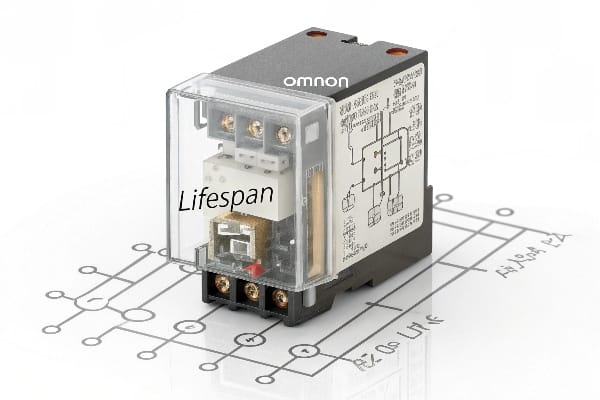
Omron Relay Lifespan
To understand relay lifespan, we need to think about what makes them fail. These are important things:
Load Characteristics
Different loads affect a relay in different ways. A resistive load is easier on a relay than an inductive load. Inductive loads, like motors, can make voltage spikes that hurt the relay’s contacts over time.
Switching Frequency
How often the relay switches matters. Each switch causes wear and tear. Switching many times per second wears it out faster than switching a few times a day.
Environmental Factors
The environment matters too. High heat, moisture, and vibration can shorten a relay’s life. The G3VM-601BY, for example, works best between -40 and +85°C [^6]. Staying in this range will help it last.
Staying within Ratings
Always use the relay within its specified voltage and current. Going over these limits can quickly break the relay.
| Factor | Impact on Lifespan |
|---|---|
| Load Type | Inductive loads shorten life more than resistive. |
| Switching Frequency | More frequent switching reduces lifespan. |
| Environmental Factors | Harsh environments reduce lifespan. |
| Rated Values | Exceeding ratings can cause quick failure. |
How do I know which relay to buy?
Picking the right relay can be tough. There are a lot of choices! Where do you start?
To pick the right relay, like the G3VM-601BY, think about what you need. You have to consider the voltage and current needed, whether you’re switching AC or DC, and how you’ll mount it. [^1]

Choosing the Right Relay
It’s not always easy to pick a relay. There are many types, each with good and bad points. Here’s how to choose the best one:
Know Your Needs
First, know what the relay needs to do. How much voltage and current will it handle? What kind of signal controls it? Will it switch AC or DC? The G3VM-601BY can handle up to 600V and 0.1A [^1].
Load Type
The load is important. Inductive loads (like motors) need relays with protection for voltage spikes. For resistive loads, a basic relay might be fine.
Pick the Right Type
There are electromechanical, solid-state (SSRs), and reed relays. SSRs like the G3VM-601BY are better for fast, frequent switching because they don’t have parts that wear out.
Mounting
How will you mount it? Some relays mount on circuit boards (through-hole), others on surfaces. Make sure it’s easy to mount. The G3VM-601BY is through-hole [^1].
| Factor | Questions to Ask |
|---|---|
| Voltage/Current | What’s the highest voltage and current? |
| Load Type | Is it resistive, inductive, or capacitive? |
| Relay Type | Mechanical or solid-state? |
| Mounting Style | Through-hole or surface mount? |
What does an Omron relay do?
Ever wonder what an Omron relay does? Let’s make it simple.
An Omron relay, such as the G3VM-601BY, works like a switch. A small signal controls a bigger one. It’s like a gatekeeper, using low power to open or close a circuit with higher power. [^1]

Omron Relay Function
Omron relays are useful because they allow different circuit parts to work together, even with different power or voltage. Let’s explore:
Isolation
Relays keep circuits separate. The control circuit (signal to the relay) and the load circuit (switched on or off) don’t need direct connections. This is important for safety. The G3VM-601BY has a 5 kVAC dielectric strength between input and output [^1]. It can safely isolate high-voltage circuits.
Amplification
Relays amplify signals. A small control current can switch a larger load current. This lets a low-power microcontroller control a high-power device like a motor.
Logic Functions
Relays can make simple logic functions. Connecting relays in different ways creates AND, OR, and NOT gates, which allows complex control systems using only relays.
| Function | Description |
|---|---|
| Isolation | Separates control and load circuits. |
| Amplification | A small signal controls a larger one. |
| Logic | Creates basic logic gates. |
How does a general purpose relay work?
General-purpose relays are common. How do these simple devices work?
A general-purpose relay uses an electromagnet to operate a switch. Current through the coil creates a magnetic field that pulls a contact, closing or opening a circuit. When the current stops, the contact goes back.
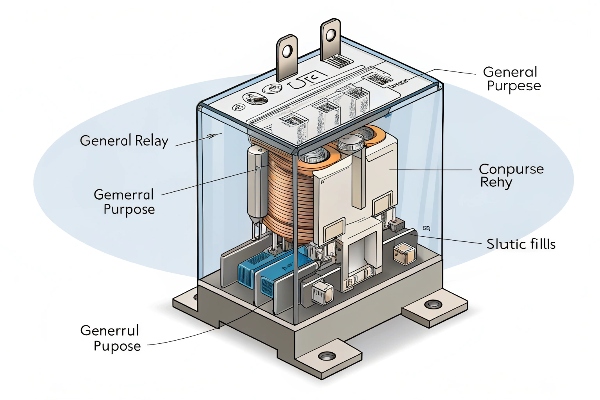
General Purpose Relay Working
Dive deeper Paragraph:
Let’s explore how these relays work, because understanding it helps us use them better.
Electromagnet
A relay has an electromagnet: a wire coil around a metal core. Electricity makes a magnetic field. More current makes a stronger field.
Armature
The armature is a moving part pulled to the electromagnet when it’s on. It connects to contacts that make or break the controlled circuit.
Contacts
Relay contacts are where the electrical connection happens. Normally open (NO) contacts are open when the relay is off, and normally closed (NC) contacts are closed when it’s off.
Spring
A spring returns the armature when the electromagnet is off, so the contacts go back to normal.
| Component | Function |
|---|---|
| Electromagnet | Creates magnetic field when energized. |
| Armature | Moves and operates the contacts. |
| Contacts | Make or break the controlled circuit. |
| Spring | Returns armature to its original position. |
Conclusion
Whether you’re using a G3VM-601BY or another relay, I hope this helped! If you have any questions, feel free to contact us.

